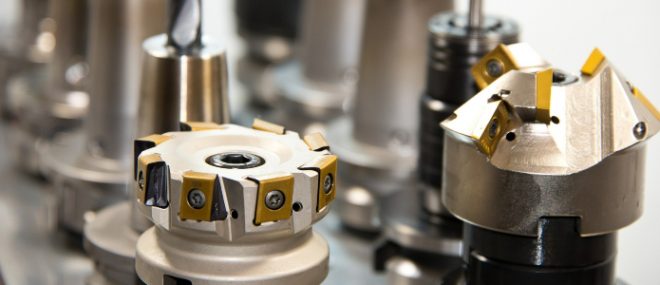A common misconception is that retreaded tires are at a greater risk of failure because of their less expensive and reconstructed material. However, studies have shown that retreads are no more prone to failure than new tires. In fact, the majority of tire failure cases occurred due to improper maintenance, overheated tires, and road hazards.
As a well-informed driver, you can follow best practices to prevent damage to your equipment and vehicle, as well as to avoid injuring yourself and others.
The Importance of Driver Training and Tire Maintenance Policies
Drivers and maintenance staff should receive proper training and resources to become accustomed to routinely checking their tires and responding quickly to road hazards. If best practices are not understood or emphasized, you increase the risk of tire disintegration and equipment damage, which will cost your company time and money to replace. The shreds of rubber flying from tire failure can cause driving hindrances and damage to others, such as damaging windshields and windows. If you are able to identify the signs of tire damage, you can repair or replace the tires before a catastrophic blowout occurs. Drivers should also be trained in sound defensive driving techniques, such as active road scanning.
Preventing Tire Blowouts/Disintegration
Follow these best practices to prevent tire failure:
- Check tires daily at a minimum.
- If you encounter road debris or you are driving on rough roads, inspect all tires at the next stop or when it is safe to do so.
- Check tire tread and sidewalls for any signs of damage, punctures, excessive scuffing, or misalignment.
- If defects are found, replace the tire and do not take the risk of using a tire with visible damage.
- During cold weather, check tire pressures frequently to ensure the recommended tire pressures are maintained.
- Rotate, balance, and align tires periodically to ensure proper wear.
- Use an experienced tire installer/repairer to properly install, repair, and maintain all tires.
- Seek out a reputable supplier of tires, whether you are purchasing retreads or new tires.
- Educate your maintenance staff on how to safely uninstall, install, and inspect all tires for defects and damage.
- Use safety equipment such as tire cages to protect staff from undetected tire defects, such as zipper defects during tire inflation.
- Choose an appropriate tire and tread design for the weather conditions you will be travelling in.
- Train drivers on how to identify the signs of tire failure and how to report defects based on company policies.
- Provide a defensive driving course which focuses on actively scanning the road for hazards, and how to safely avoid them.
Following these best practices will significantly reduce the chance of tire failure and the risks that come with such an event.




